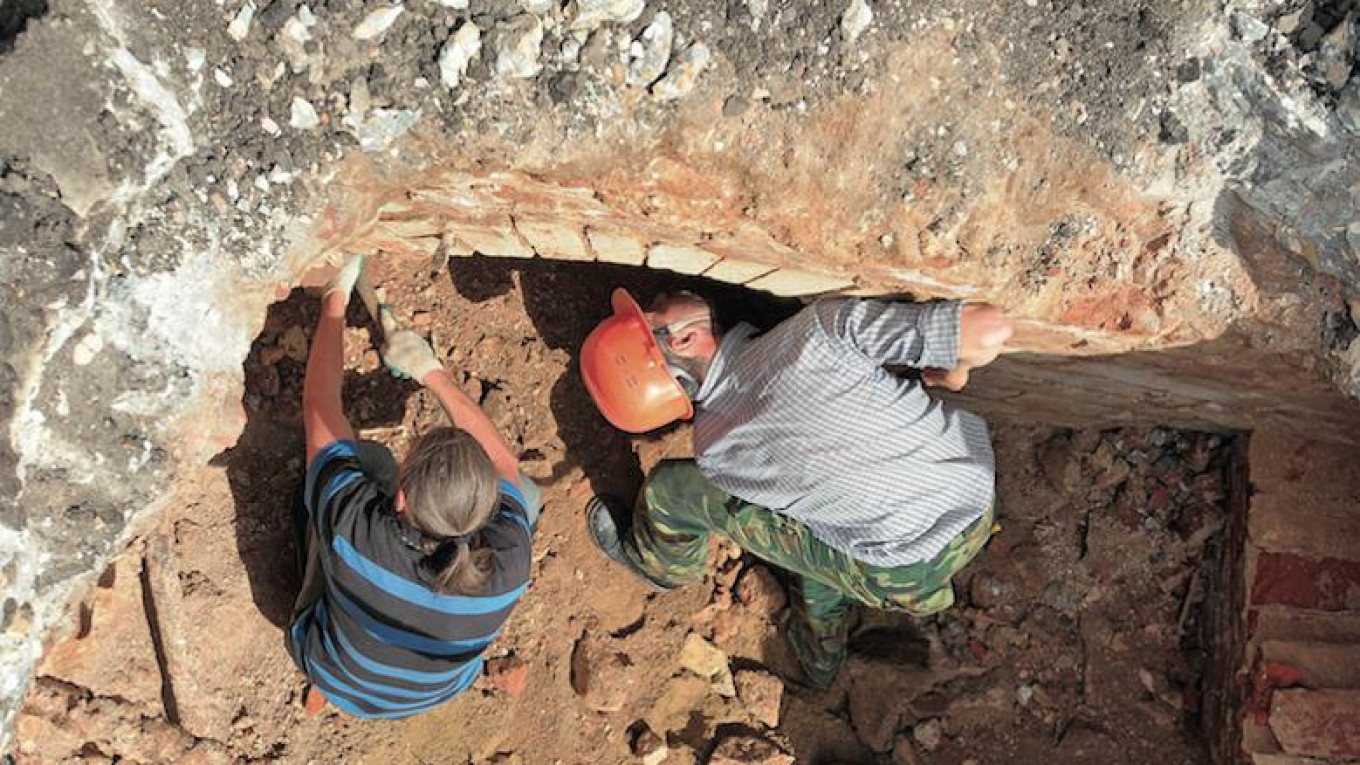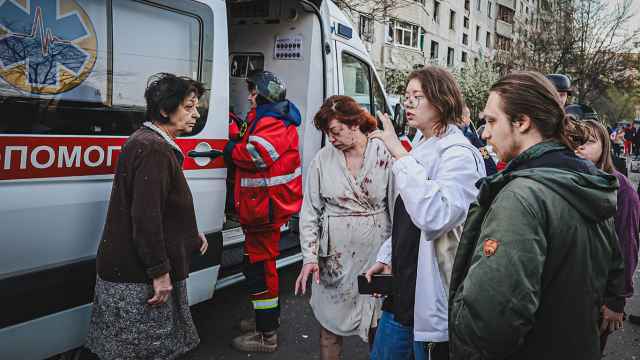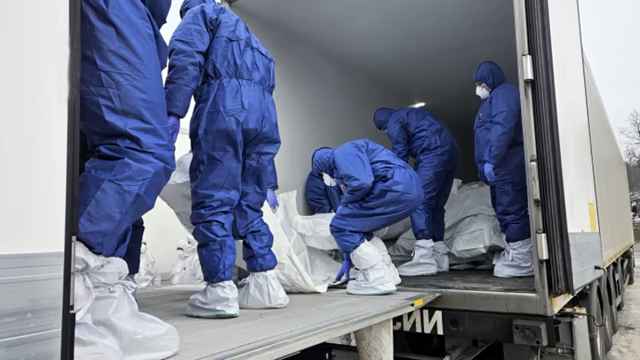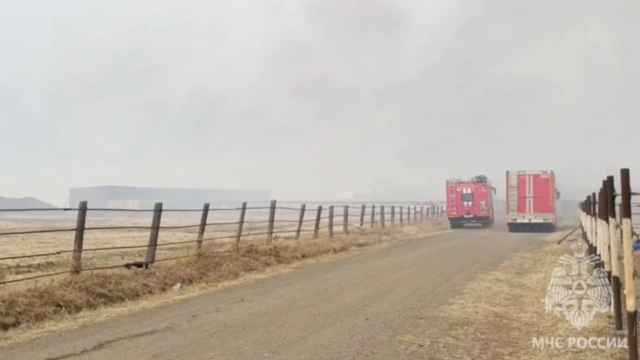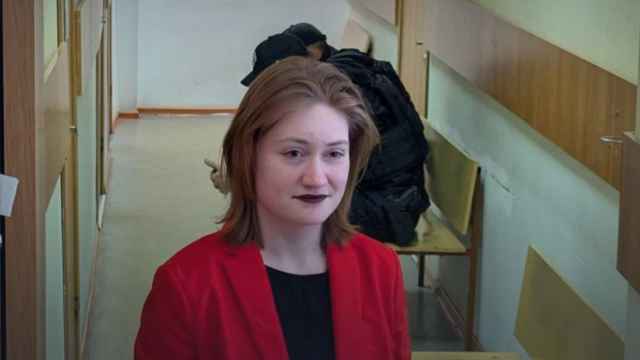Every city has its secrets and, every now and again, they see the light of day. When Moscow began its biggest road reconstruction project to date, workers uncovered treasures that had been hidden for centuries. Above ground, the Russian capital's skyline may be lined with Stalinist behemoths and modern skyscrapers, alongside pre-revolutionary splendor. But the city below ground boasts an even richer history, going right back to Ivan the Terrible's medieval city. This summer, that city surfaced for Muscovites to see and, before long, divide Russian archaeologists and the authorities.
Anyone visiting the Russian capital this summer will have experienced the scale of the city government's "My Street" urban redevelopment. These involves 52 Moscow streets being dug up and reconstructed for aesthetic and traffic controlling purposes. They promised a bright future, but have brought about a chaotic current reality. All around the city, huge chunks of roads and sidewalks have been cordoned off. Labyrinthine, dirty wooden pathways now provide the only route for pedestrians traversing the capital. The project has effectively brought central Moscow to a standstill, making the city's notorious traffic jams even worse.
For all the difficulties, Moscow's big dig has given rise to a fascinating treasure hunt. Artifacts found by construction workers, archaeologists and ordinary Muscovites are now on display in a temporary exhibition at the Museum of Moscow. Among them are almost immaculately preserved 17th-century tombstones with German inscriptions, and an 18th-century tool used to produce fake currency.
Nothing excited archaeologists more than uncovering parts of the "White City," the defensive fortress walls erected around Moscow under Tsar Fyodor I and his successor, the de-facto regent Boris Godunov, in the late 16th century. Once 10 kilometers long, it protected medieval Moscow from foreign invaders. The White City (named for the color of its bricks) was destroyed under Catherine the Great and replaced with the wide boulevards that form the basis of central Moscow's current map. Archeologists also found parts of the Strastnoi Monastery, built at the gates of the White City in the 17th century. The monastery was converted into an atheism museum in 1929, and then demolished by the Soviets in the 1930s.
"We knew they were there all along," says Leonid Kondrashev, the main archeologist at the Moscow government's cultural department. The last time archeologists came into contact with the White City underneath Tverskaya Ulitsa, he says, was during the construction of an underground passage in the 1970s.
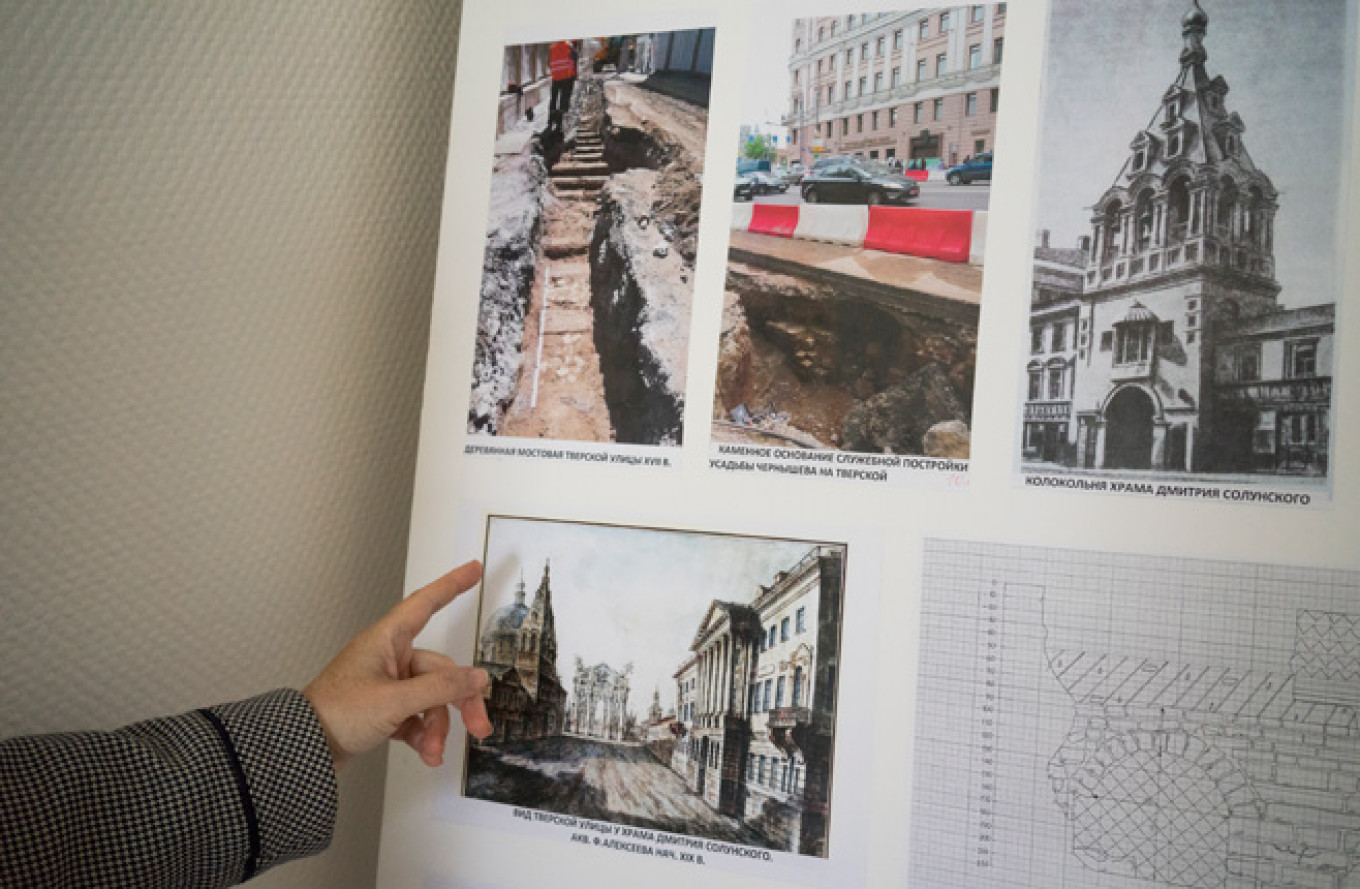
The Soviet destruction of Russian heritage means archaeology in Moscow is rarely a task of finding ancient ruins. It often consists of looking for parts of 19th-century buildings destroyed in the 1920s and 1930s. "People who find things here often think their discoveries are older than they actually are," says Kondrashev. Many historical buildings were recycled for the construction of the socialist realist order. Remains of the Strastnoi Monastery, for instance, have been found all over the city center.
Conflict erupts every time the remains of the White City see daylight, and this year was no exception. Upon installing new communications pipes underneath the city streets, workers came into contact with White City walls, and insisted the pipes go through them. Activists and archaeologists were incensed, accusing the mayoral office of damaging the findings.
"It was like a blitzkrieg," says Konstantin Mikhailov, the director of the independent preservation group Arkhnadzor. When he learned on social media that the White City had surfaced, Mikhailov rushed to Tverskaya Ulitsa, but says there were no archaeologists there. Instead, he said, activists started saving everything they could, pleading for workers to stop drilling into the walls.
"I saw it with my own eyes," says Mikhailov. "They were drilling a hole in a 16th-century wall so that the pipes could go through," he says, wondering aloud why the pipes could not be moved a few meters. By nighttime, the walls had been covered with sand and cement.
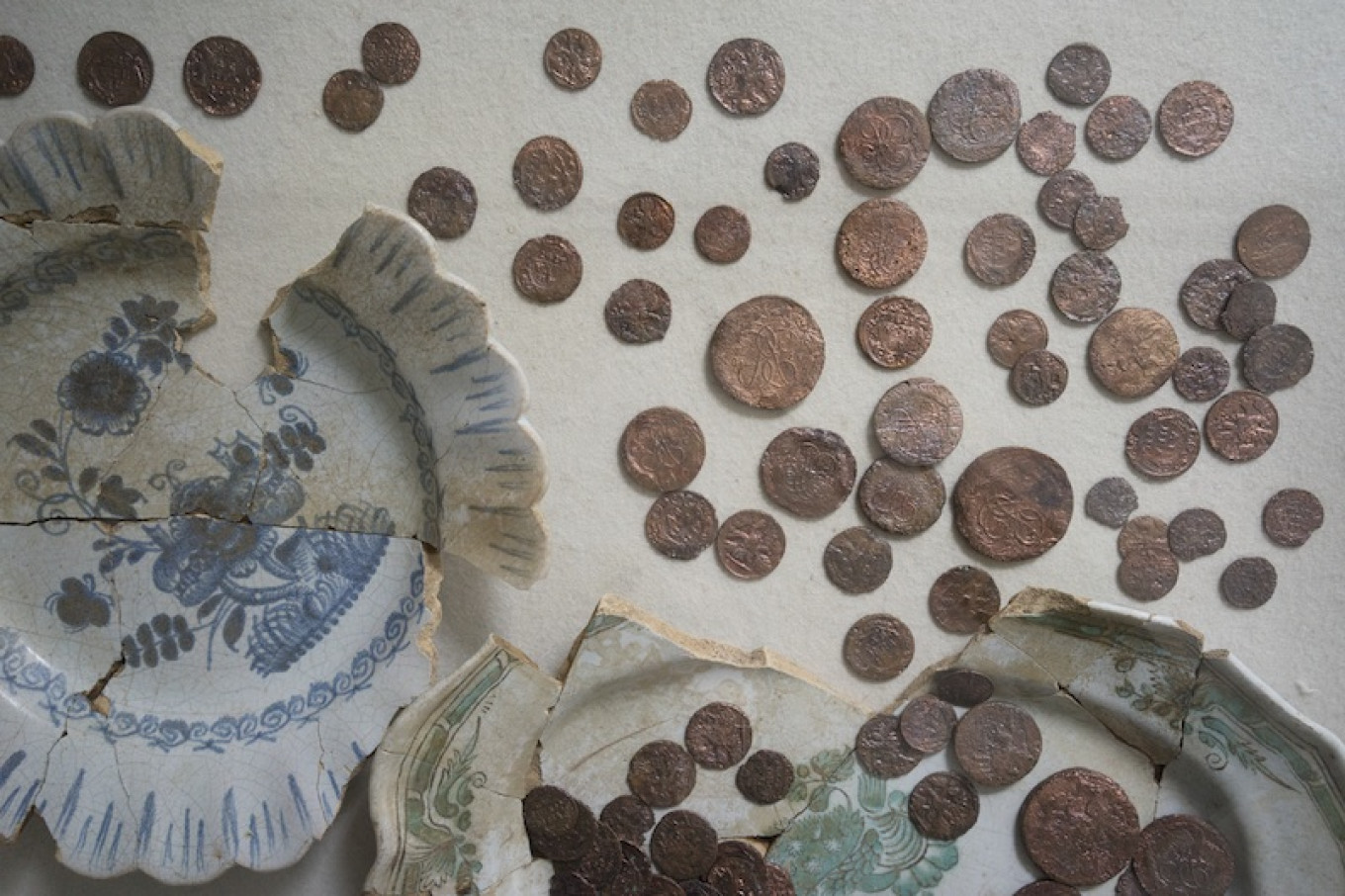
Arkhnadzor published an open letter criticizing the Moscow government for not providing an archaeological study of the territory before the roadworks began, as required by Russian law. "There should have been an archeologist present throughout the whole process," says Mikhailov.
On July 11, the culture department of the Moscow City Duma eventually got round to publishing an archeological study. By then, it was several weeks after the roadworks began. "In effect, they published permission for the roadworks as they are finishing," says Arkhnadzor's preservation expert Pyotr Miroshnik. "We welcome the publication, of course, but they should have done this from the start."
The city government dismisses allegations that the archaeological findings were not protected during the works. "Our position has always been based on what the experts say," says Kondrashev.
According to the city archaeologist, a team of experts examined the territory before the works began. The whole process, says Kondrashev, conformed with international norms of archaeological preservation whereby findings should be covered by sand as contact with the air can lead to irreparable damage.
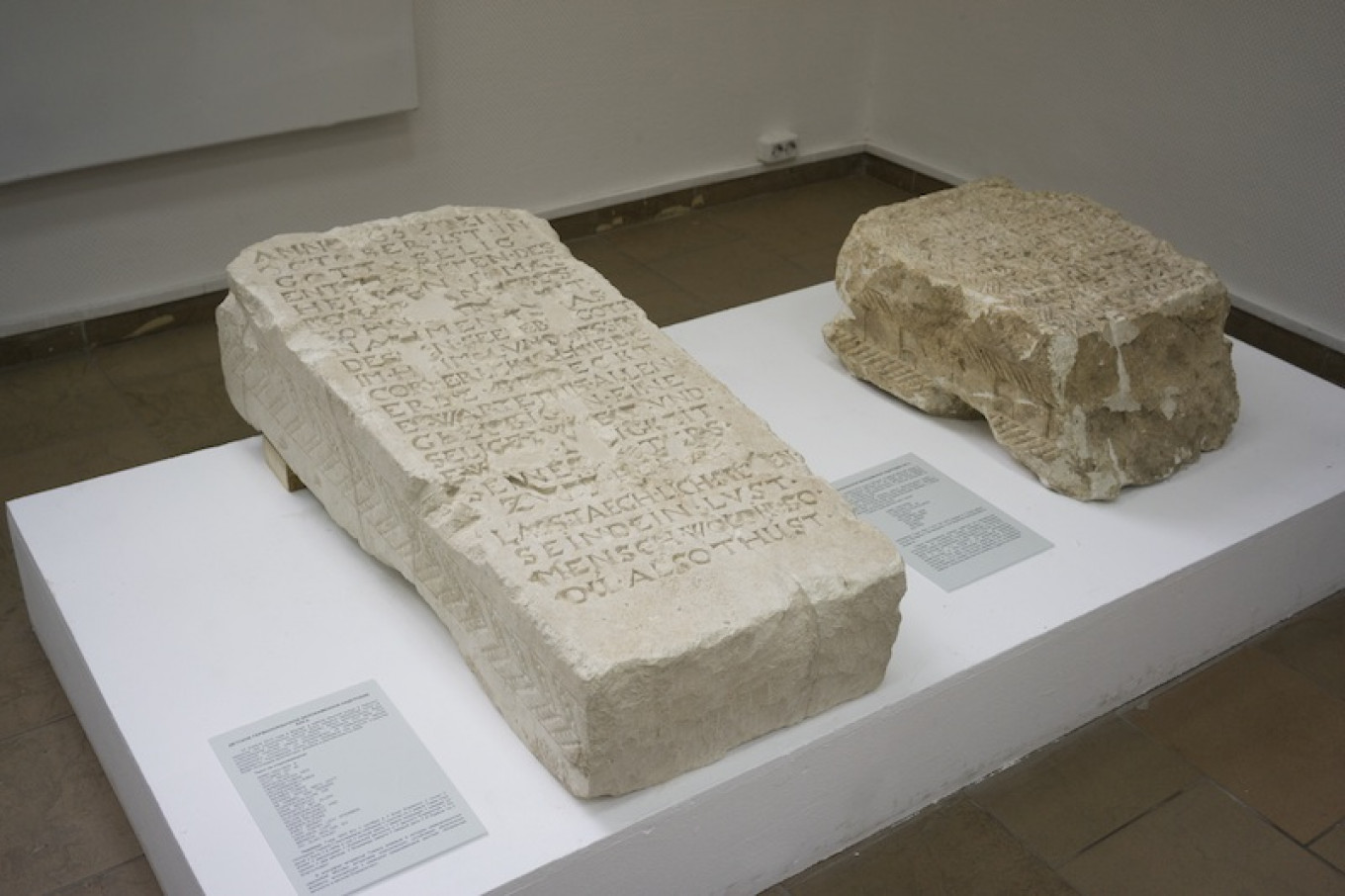
"Criticism comes with all projects and we are open to dialogue," says Kondrashev. The cultural department has been advised not to publish the archeological study so as not to attract illegal diggers, he said.
Kondrashev described the activists' criticism as "very strange." He claims one female activist even crawled into trenches dug out by workers. "She saw a skull and was frightened," he says. The situation escalated on June 13, he says, when parts of the archaeological findings had been cleaned and television crews were invited to the scene.
"At that moment, social media exploded, saying we are destroying the White City," says Kondrashev. He rejected accusations that the pipes were laid in a way that damaged the White City.
Kondrashev says that in an ideal world, workers would stop all reconstruction and study "each centimeter." But the reality, he says, is that the city cannot be put on hold: "It's our profession to save things while living in a modern city."
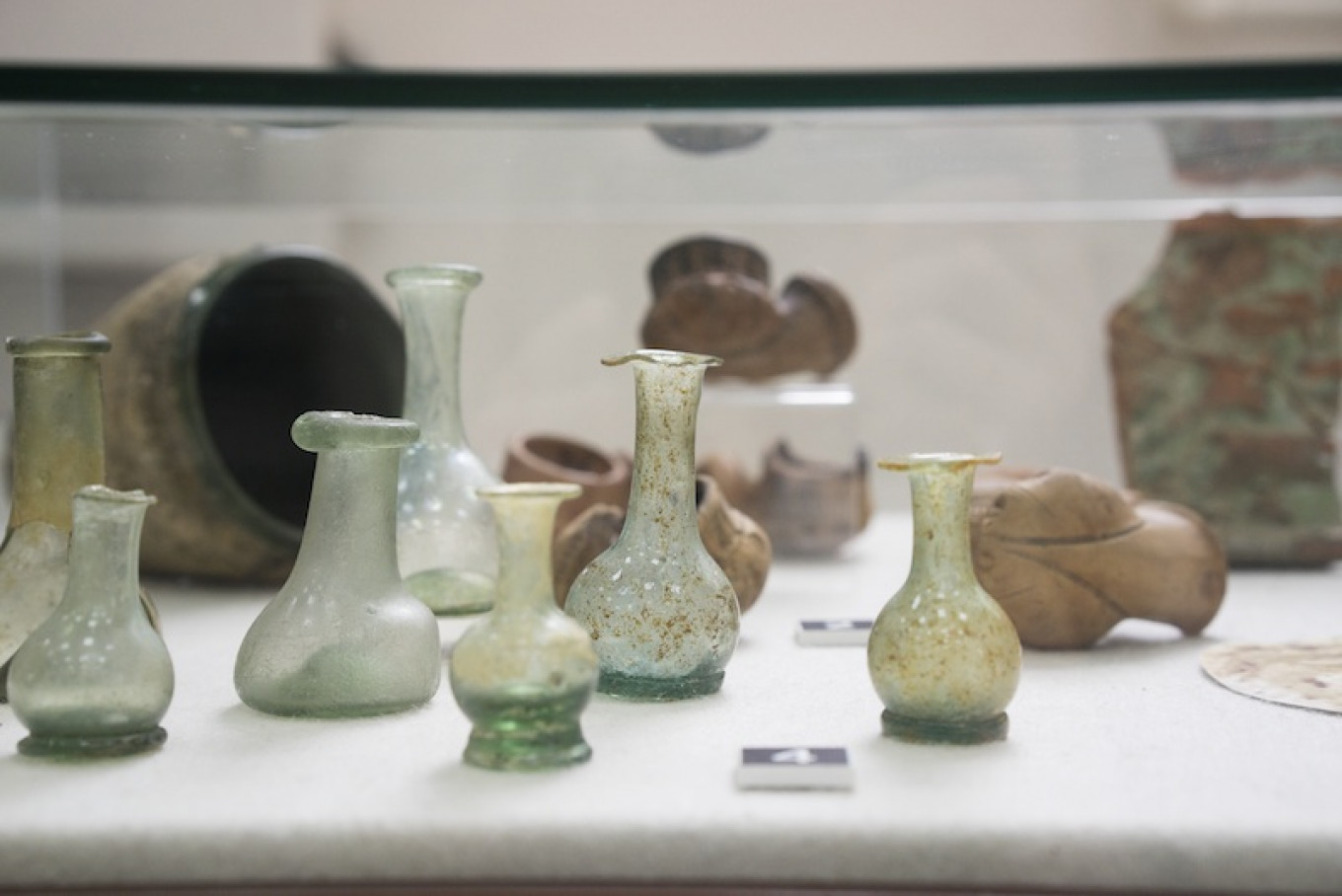
Activists are unconvinced the state archaeologists are as interested in preserving Moscow's hidden heritage. "Nobody there listens to us," says archaeologist Miroshnik. Ten years ago, he says, a part of the White City was found in another part of Moscow during the construction of car park. "It has been standing in a park under the open sky ever since, slowly rotting," he says.
Miroshnik is worried the bulk of Moscow's new excavations will now suffer the same fate. This year, Miroshnik says, extra efforts are being made for Moscow to look as clean as possible for the upcoming elections in September, making the opinion of archaeologists even less important.
Nobody knows when the White City walls will re-emerge again for archaeologists to examine. What is clear is that Moscow had a rare opportunity to see what lies beneath its streets and preserve its hidden heritage. And that it could have done better.
"A chance like that comes every 50 years," says Mikhailov. "The city looks to have blown it."
A Message from The Moscow Times:
Dear readers,
We are facing unprecedented challenges. Russia's Prosecutor General's Office has designated The Moscow Times as an "undesirable" organization, criminalizing our work and putting our staff at risk of prosecution. This follows our earlier unjust labeling as a "foreign agent."
These actions are direct attempts to silence independent journalism in Russia. The authorities claim our work "discredits the decisions of the Russian leadership." We see things differently: we strive to provide accurate, unbiased reporting on Russia.
We, the journalists of The Moscow Times, refuse to be silenced. But to continue our work, we need your help.
Your support, no matter how small, makes a world of difference. If you can, please support us monthly starting from just $2. It's quick to set up, and every contribution makes a significant impact.
By supporting The Moscow Times, you're defending open, independent journalism in the face of repression. Thank you for standing with us.
Remind me later.


